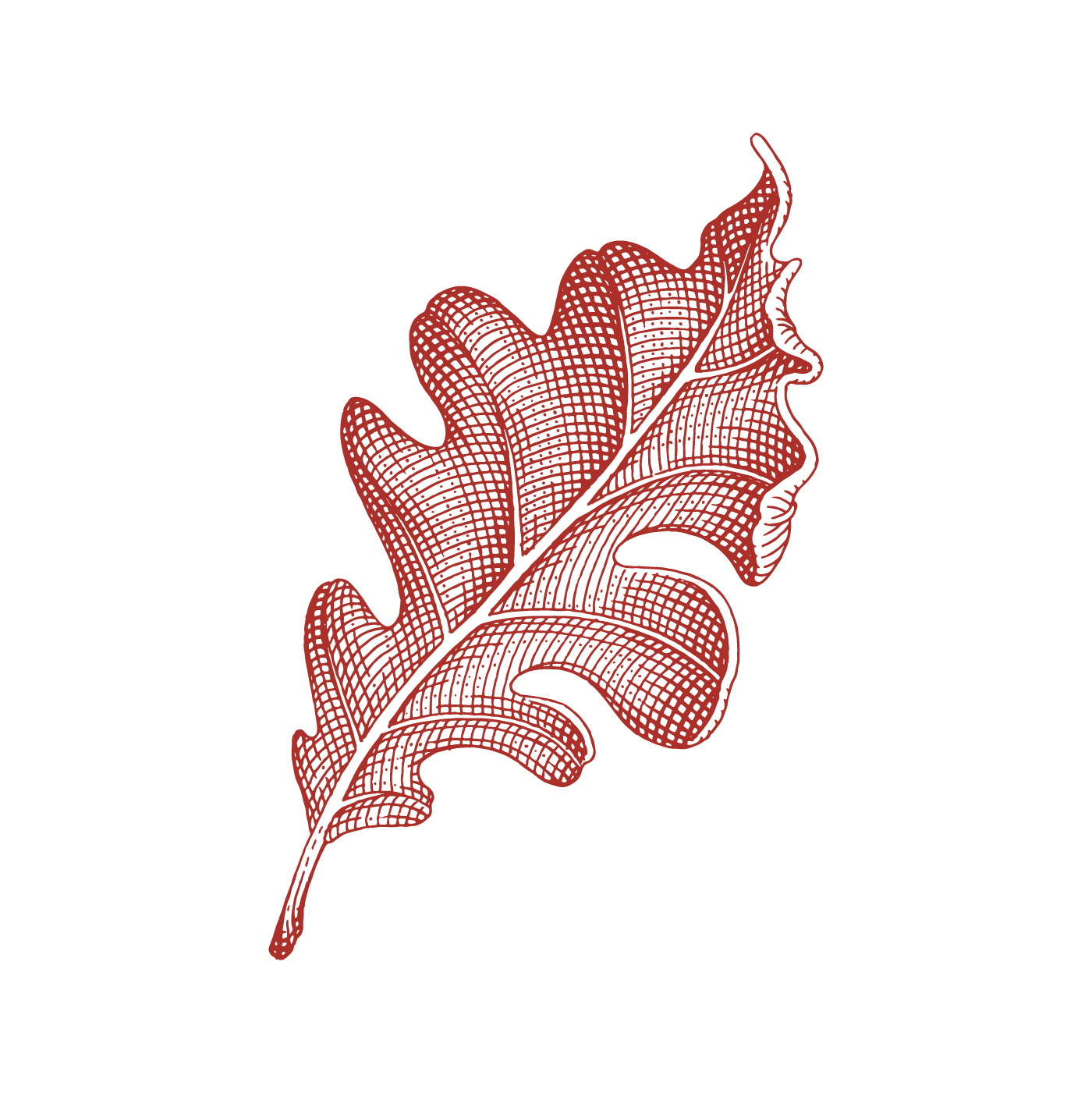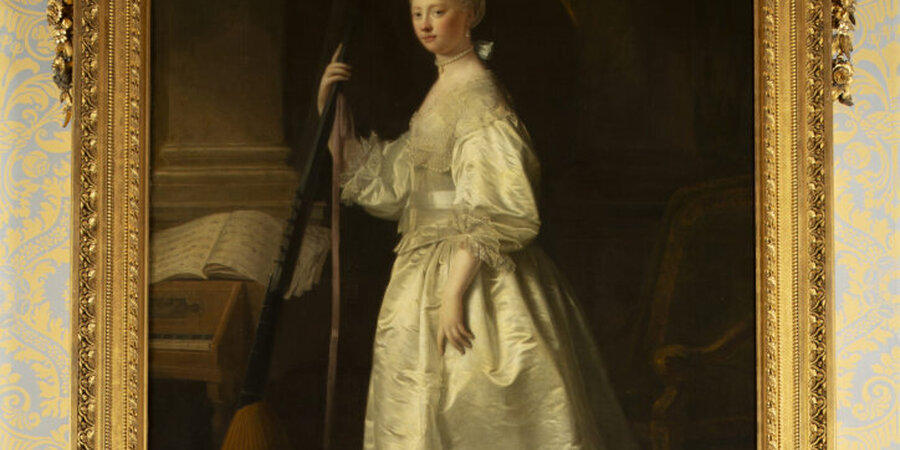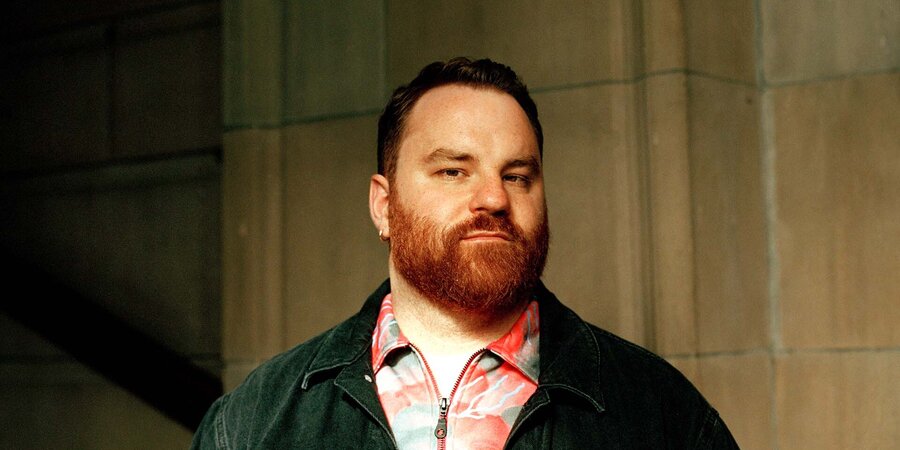The Gallery
In February 1897, the architectural artist H W Lonsdale wrote to the 3rd Marquess of Bute: ‘I…also started the drawings for the specimen piece of the First Floor Corridor [gallery] Vault decoration.’ The date gives an indication of the amount of work being undertaken in the house in the last three years of Bute’s life.
This area was not structurally complete until 1901 (a year after Bute’s death), when the wooden panelling was fixed into place
~
Decoration
The vault decoration (on which Lonsdale was employed) comprises 128 heads of female figures from Greek, Roman and Norse strands of ancient mythology. Amongst the figures represented are those of Pandora (complete with box), and Brunhilde the Valkyre (Bute was an aficionado of Wagner’s Operas).
Natural light cascades into the Gallery through a series of roundels each fitted with a colour filter. This colour is different for each side of the Gallery and symbolises the four seasons. Another clever trick is the use of mirrors, which give the impression of the corridors extending far into the distance.
The bronze railings - cast in Edinburgh - are exact copies of those found in Aachen Cathedral in Germany. The architect Sir Robert Rowand Anderson later recalled how he had: ‘proposed a design strictly in keeping with the medieval character of the building. Lord Bute, however, had seen and remembered the ancient and curious bronze railings [at Aachen]…and he determined to take, what was to him the opportunity of erecting a facsimile of them in Scotland.’
~
Paintings
The paintings on the Gallery are by Italian, Dutch and English artists. There are two magnificent Italian landscapes by the Italian rococo artist Francesco Zuccarelli (1702 – 1788), two equestrian pictures by the English artist John E. Ferneley (1781 - 1860) and works by the Italianate Dutch landscapists Jan Both (1618 - 1652) and Nicolaes Berchem (1620 – 1683).
One of three clocks on the Gallery level is the 17th century year-going astronomical longcase clock by Thomas Tompion (1639 – 1713). Tompion was a highly regarded London clockmaker - his patrons included Charles II. He is often referred to as ‘the father of clockmaking’ and is buried in Westminster Abbey.




